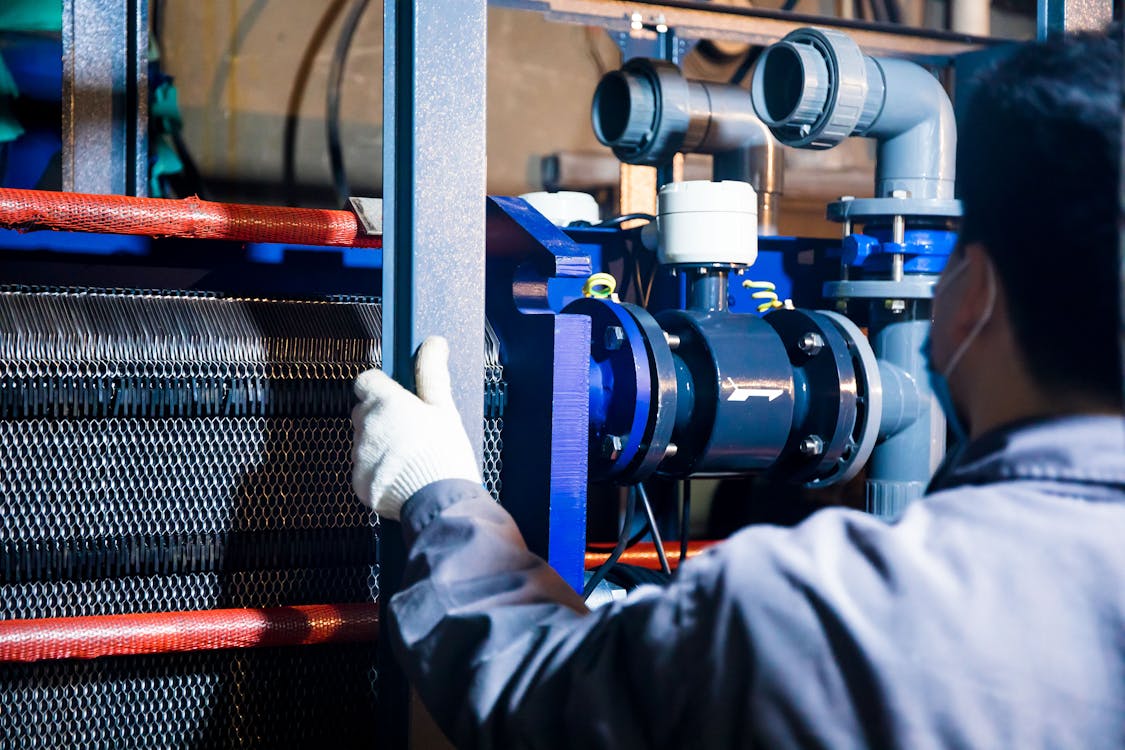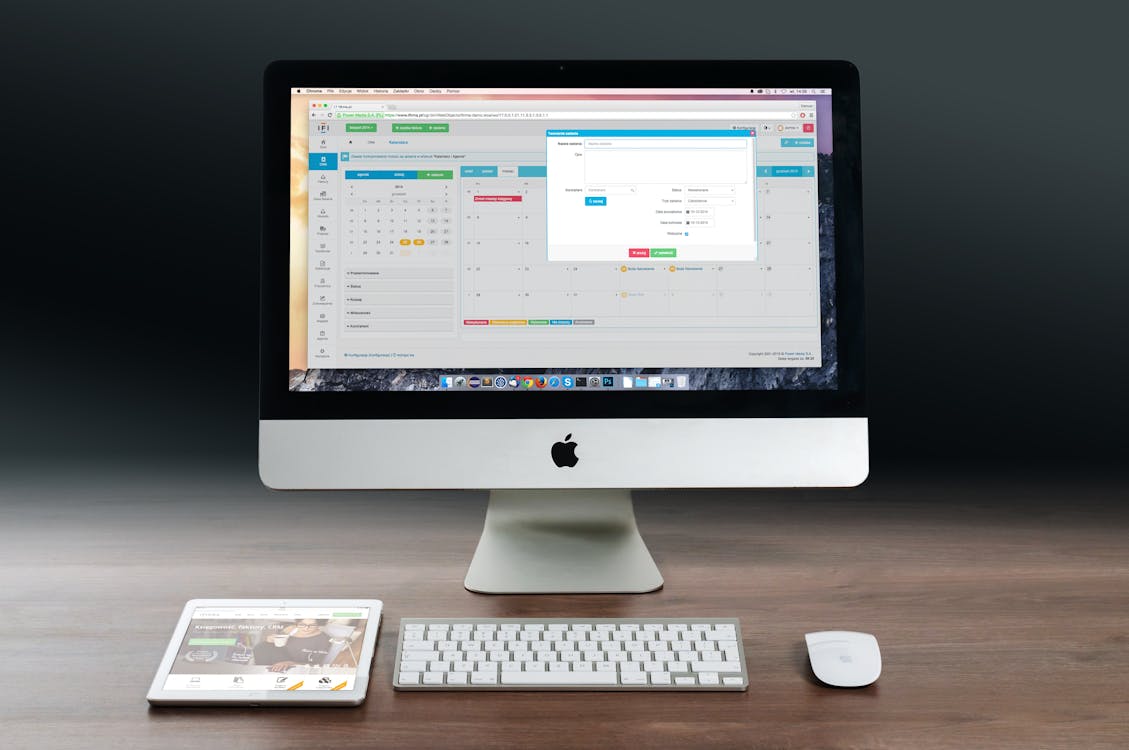Recent Posts

Data-driven decision making
Blog
We live in a hyperconnected macrocosm/megacosm, where every interaction at every level results in humongous levels of datasets being generated. This has not only shaped lives but also the way we do business.

Transforming Customer Relations of a Manufacturing firm
Blog
This 30-year old multi-product manufacturing firm follows multiple ways for lead generation. These included referral systems, cold calling, digital marketing, new requirements from existing customers, etc. After initial contact is made, the sales team looks for any possible enquiries. In case there is an enquiry, it is conveyed to the technical team.

Making inventory movement functional for a distributor
Blog
This distributor is the sole seller of a few top electronic brands along with other common ones. This organisation has a continuous flow of goods, both inwards and outwards. The inventory is stored in large warehouses in the vicinity of the store. It is mandatory for the distributor to follow a FIFO (Fist in, First Out) model to move goods.

An asset management system to revolutionise operations of a construction company
Blog
This construction company has work going on at multiple construction sites. The resources of the company include: RMC trucks, trucks-tempos for moving inventory and building materials such as cement, bricks, steel, aggregate and timber. The main challenge for the owner was to understand stock levels at each site, their usage and availability of vehicles and their locations, in order to use them efficiently.

Streamlining sales of an electronics products retail store
Blog
The retail store has been running for the past 25 years. After every sale, the salesperson issues an invoice to the customer using an on-PC type application for billing. This data is exclusively available on the PC that the data is fed in. The store follows a warranty service or replacement based on the type of product sold and on the type of issue that the customer may face with the product.

Implementation of a complete HR Management system
Blog
The company had a complete manual process when established 30 years ago. Over time, the company had implemented systems to streamline the HR process, but these were done in phases, and had different software for different phases. Some were cloud based, some were onsite and some only installed on HR managers’ PC. This made overall HR management quite difficult for the higher management

Efficient business process introduced to a tailoring brand
Blog
RALLP was working on business process improvement for a well known tailoring brand, with focus on customer experience. The well-known brand is a family business and a 20-year-old practice. The business had continued to use manual entry of data for sales, payments, quotations and invoices along with traditional measuring methods.